How Sustainable Is Your Seafood?
Rich in omega-3 fats—which are essential for maintaining your brain and cardiovascular health—and nutrients like vitamin D and calcium, there's no denying the numerous health benefits that eating seafood can offer you.
Increasing your seafood intake could possibly improve mental health, and it's been shown to reduce the likelihood of chronic inflammation in rheumatoid arthritis sufferers. Still, the effects of commercial fishing on the environment can no longer go unnoticed.
Being more mindful of your seafood choices goes beyond personal health; seeking out sustainable, climate-friendly fish and shellfish benefits not just the environment, but the workers that help farm and harvest our seafood.
With Earth Day upon us, here's everything you need to know about eating ethically and sustainably raised fish, including some of the best types of seafood to buy for the planet.
RELATED: 25 Ways to Be a More Sustainable Cook
The Environmental Impact of Seafood
As Americans continue to increase their annual consumption of fish and shellfish by adopting heart-healthy diets like the Mediterranean diet, the health of our oceans and fish populations are impacted, oftentimes for the worse.
Much like confinement animal feeding operations (CAFOs), large-scale commercial fishing operations play a role in affecting climate change. Though on a much smaller level than livestock, the environmental impact of seafood depends on how the species has been raised, fed, and caught.
Commercially caught seafood has higher carbon emissions due to the use of refrigeration and the amount of fuel usage on fishing vessels—shellfish, for example, require a lot of fuel to be caught as fishers drag large dredges across the ocean floor.
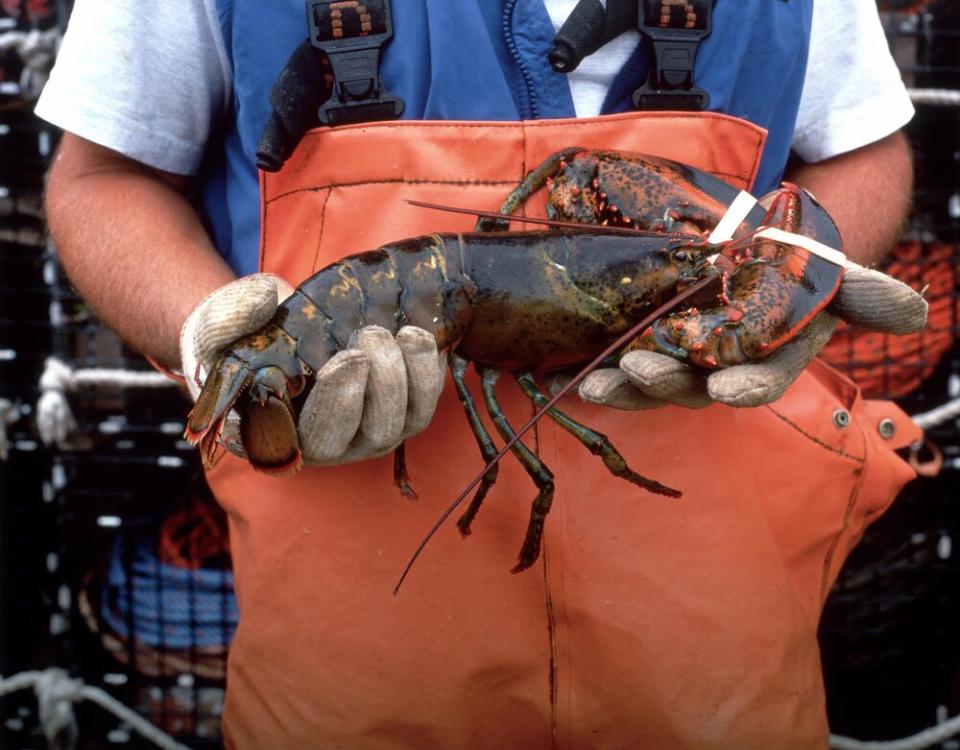
Wild-caught fish, on the other hand, have a low climate impact as they require no external inputs to eat and grow. Caught in their natural habitat, wild-caught species are the best complete animal protein sources available to eat, especially if you're looking to decrease your carbon footprint.
RELATED: 12 Fish You Should Try
However, not all wild-caught fish are sustainable choices. According to Monterey Bay Aquarium's Seafood Watch program, overfishing has left many wild fish populations like cod and snapper at severe risk of endangerment. "Wild-caught might not be the most sustainable, especially if we don't know how long that resource is going to last," says Imani Black, founder of Minorities in Aquaculture, a non-profit dedicated to improving the opportunities for minority women in aquaculture.
She explains that increases in the incidence of disease and habitat destruction negatively impact the sustainability of wild fish populations, turning them into finite resources. "If given the proper time and proper space, marine ecosystems can restore and replenish themselves very well. But the thing is, we don't give them enough of a chance to rebound," Black says. "I think that's why aquaculture has been pushed in fisheries as a way to step back from the wild population and give them time to restore. So we end up having that food source, not just for another hundred years, but for another thousand."
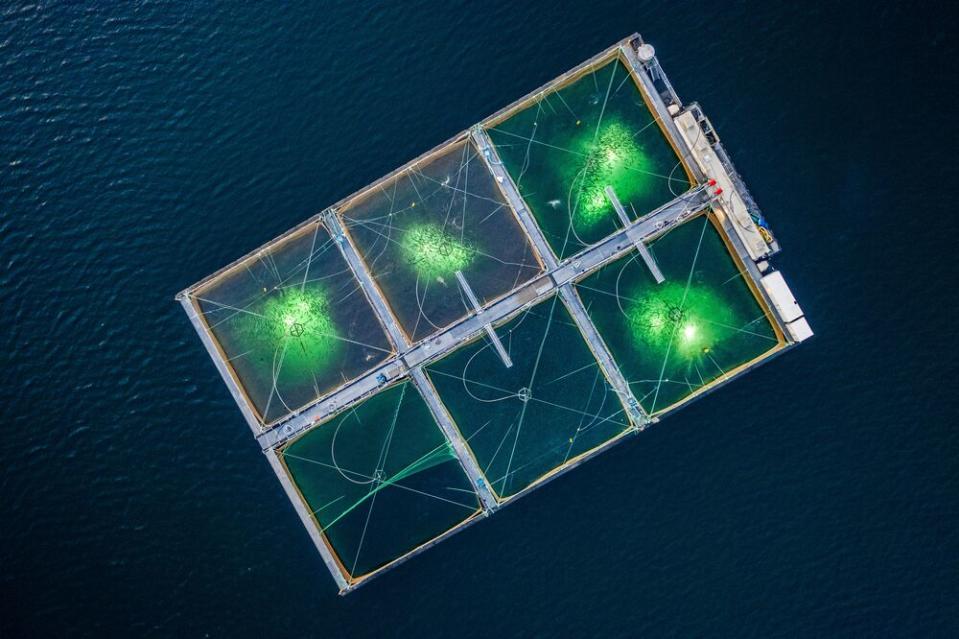
What Exactly IS Sustainable Seafood?
For seafood to be sustainable, Seafood Watch says that it needs to meet three key factors: environmental protection, social responsibility, and economic viability.
A 2020 survey by GlobeScan found that 58% of consumers are changing their seafood buying habits to protect marine ecosystems. In fact, a whopping 63% want to know their fish can be traced back to a known and trusted source. "For me, sustainable seafood is local seafood," Black says. "When we know where it comes from, how it's harvested, and how it's produced."
Seamus Mullen, chef at the Institute of Culinary Education, can't help but agree. "If you live near a farmers market, see if they have local fisherman stands," he suggests. "I ask a LOT of questions: Where is the fish from? When was it harvested? How has the harvest been so far this year? Is this farm-raised? Where is the farm located?"
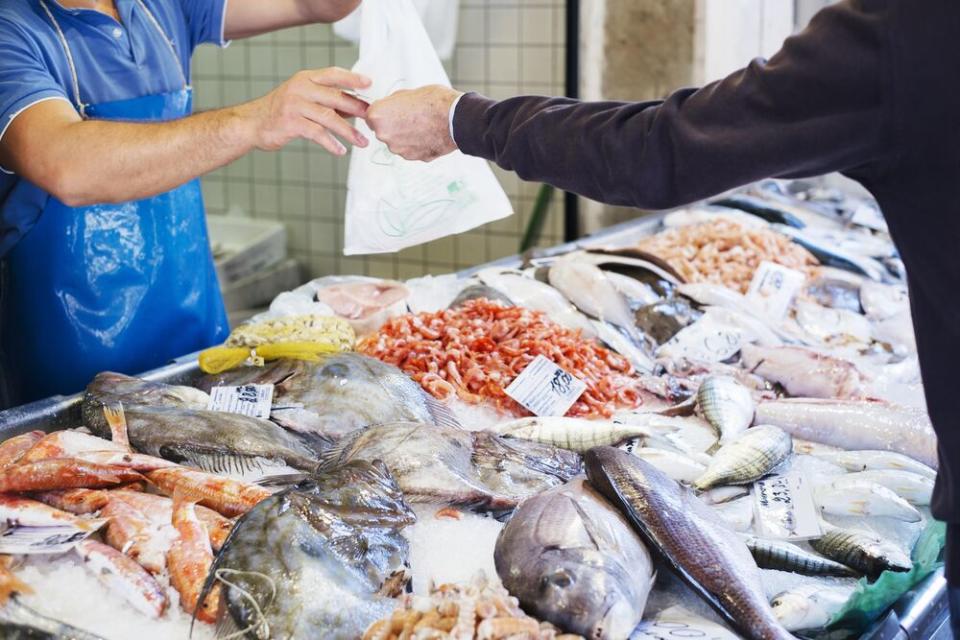
How to Tell if Your Seafood Has Been Sustainably Raised
According to Sustainable Fisheries UW, the seafood we eat today comes from one of two sources: the wild, or from a farm. Commonly known as aquaculture, Black explains that fish farming can either happen in in-water operations or on land-based farms like Hudson Valley Fisheries.
Located in Upstate New York's Hudson Valley, this self-contained farm uses an advanced recirculating aquaculture (RAS) technology to raise steelhead trout that's free from microplastics, mercury, and other heavy metals. "They take their trout waste and then bring it back down for the hydroponics in their hemp farm," Black says. "So there's zero waste."
Whether you're buying fresh trout fillets or signing up for CSF (community supported fishery) boxes—Sea Forager offers weekly packages of seasonal, freshly caught fish and shellfish throughout the San Francisco Bay Area—buying direct-to-consumer seafood holds multiple benefits. Firstly, a short supply chain, from fish farmer to you, means fewer carbon emissions. And secondly, you end up with fish that's both incredibly fresh and supports the local economy. The latter's importance can't be exaggerated either; Seafood Watch estimates that 65% of all seafood consumed in the U.S. has been internationally imported.
Seafood guides like the one by Seafood Watch allow you to discover the best choices of fish to buy—and which to avoid—along with alternatives. Looking out for labels by the Aquaculture Stewardship Council and Marine Stewardship Council can also ensure that you buy the most ethically and sustainably raised seafood available.
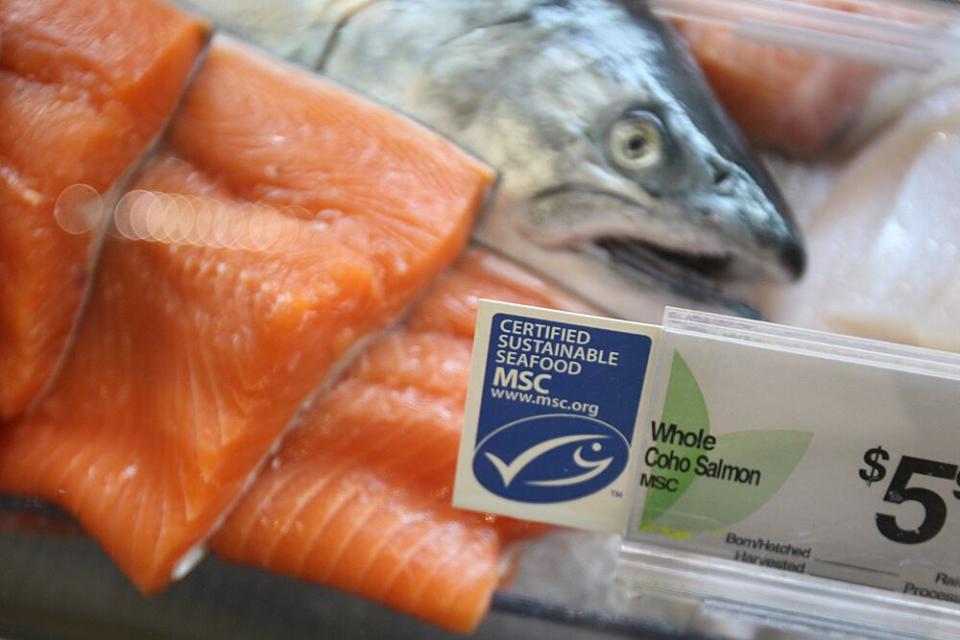
It's important to keep in mind, however, that certification is an expensive process and not something that all small and independent fisheries can afford. In those cases, regional organizations like the East Coast Shellfish Growers Association and the Pacific Coast Shellfish Growers Association can help connect you with purveyors in your local area that are committed to caring for the environment through sustainable operations.
How to Incorporate Sustainable Seafood Into Your Diet
If you're looking to replace top-of-the food chain species like tuna, cod, or salmon—some of the most popular consumed seafood in the U.S. per NOAA Fisheries—Mullen recommends turning to farmed halibut. "When farmed in indoor tanks with wastewater treatment, halibut is a terrific and healthy option," he says. "Its mild flavor also makes it very approachable and easy to cook."
Abundant yet frequently overlooked species, like bluefish and fluke, are also great sustainable choices you can make. Mullen explains that opting to eat invasive species, such as lionfish, is also a great choice. Consuming invasive species not only assists in controlling population levels but also shifts consumption away from more threatened or over-fished species, giving them a chance to recover.
"I also encourage people to try the smaller fish like anchovies, sardines, and mackerel, since larger fish tend to take longer to get to harvest size," Mullen adds. "In addition to being lower on the food chain, which generally equates to healthier stocks, these fish tend to have lower mercury levels and are often higher in omega-3 fats, making them very healthy and delicious!"
RELATED: Fresh Fish 101: Buying, Storing & Cooking
Bivalves, of course, are Black's favorite sustainable seafood recommendation. A great dietary source of zinc and iron, oysters are also incredibly beneficial to the marine ecosystems they inhabit.
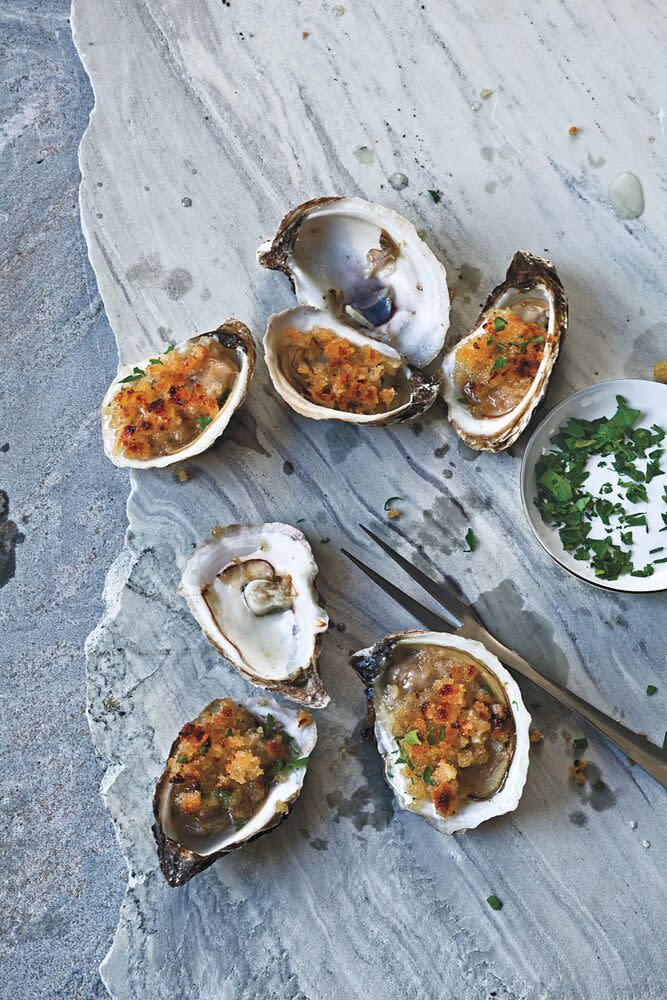
According to the Chesapeake Bay Foundation, adult oysters filter approximately 50 gallons of water every day, removing nitrogen and other harmful pollutants from their habitats. "They're a viable source of protein and a keystone species to the Bay's ecosystem," Black says. "I would even say that they're a species that you can more easily track, as most of the time you'll find the oyster company name and where they came from to be clearly labeled. This allows you to do your own research into how they've been raised."
For Black, education is a powerful tool in helping consumers further their sustainable lifestyles and change their consumption habits. "The biggest thing you can do is educating yourself on issues and determining for yourself if a brand or company's morals and ethics align with yours," Black says. Even if sustainable seafood may not be a priority for you yet, Black recommends putting in the extra effort to know where your fish comes from. "When you're consuming any type of food, the real focal point should always be on knowing where it came from."
Download a consumer guide from Seafood Watch to check the ratings of popular seafood items here.

